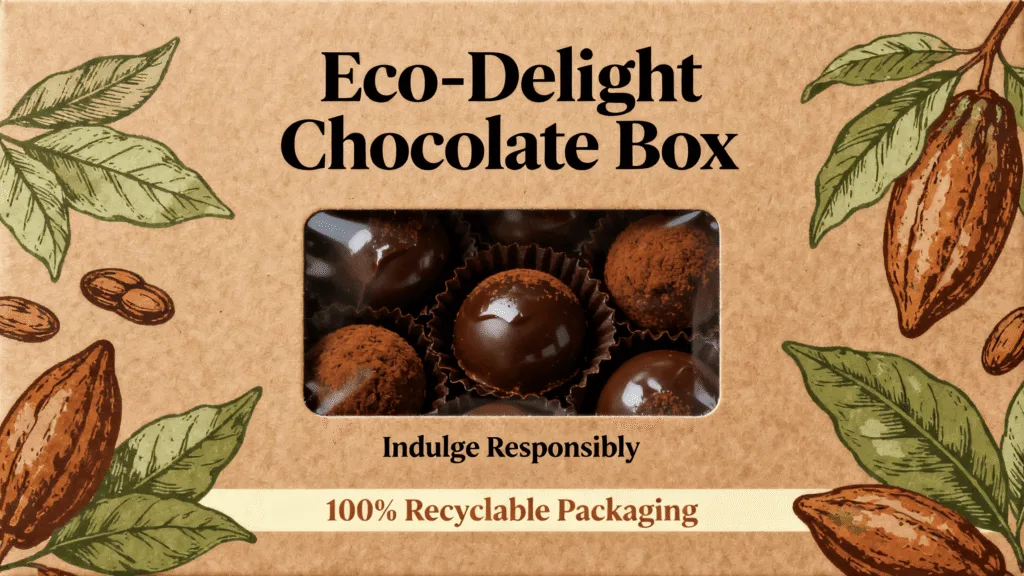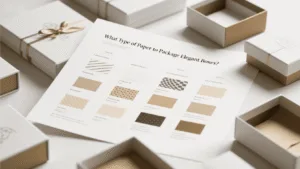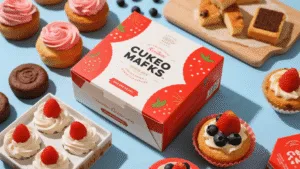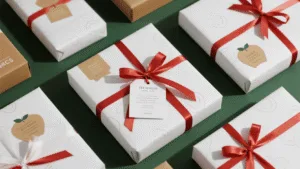Your current chocolate box is just a container, but it could be so much more. It gets damaged in transit, fails to communicate your brand’s commitment to quality and sustainability, and offers a forgettable unboxing experience for your B2B clients.
A strategically designed chocolate box becomes a powerful business tool. It must protect fragile products during e-commerce shipping, clearly communicate verifiable sustainability claims, and create a premium experience that drives brand loyalty and justifies your price point.
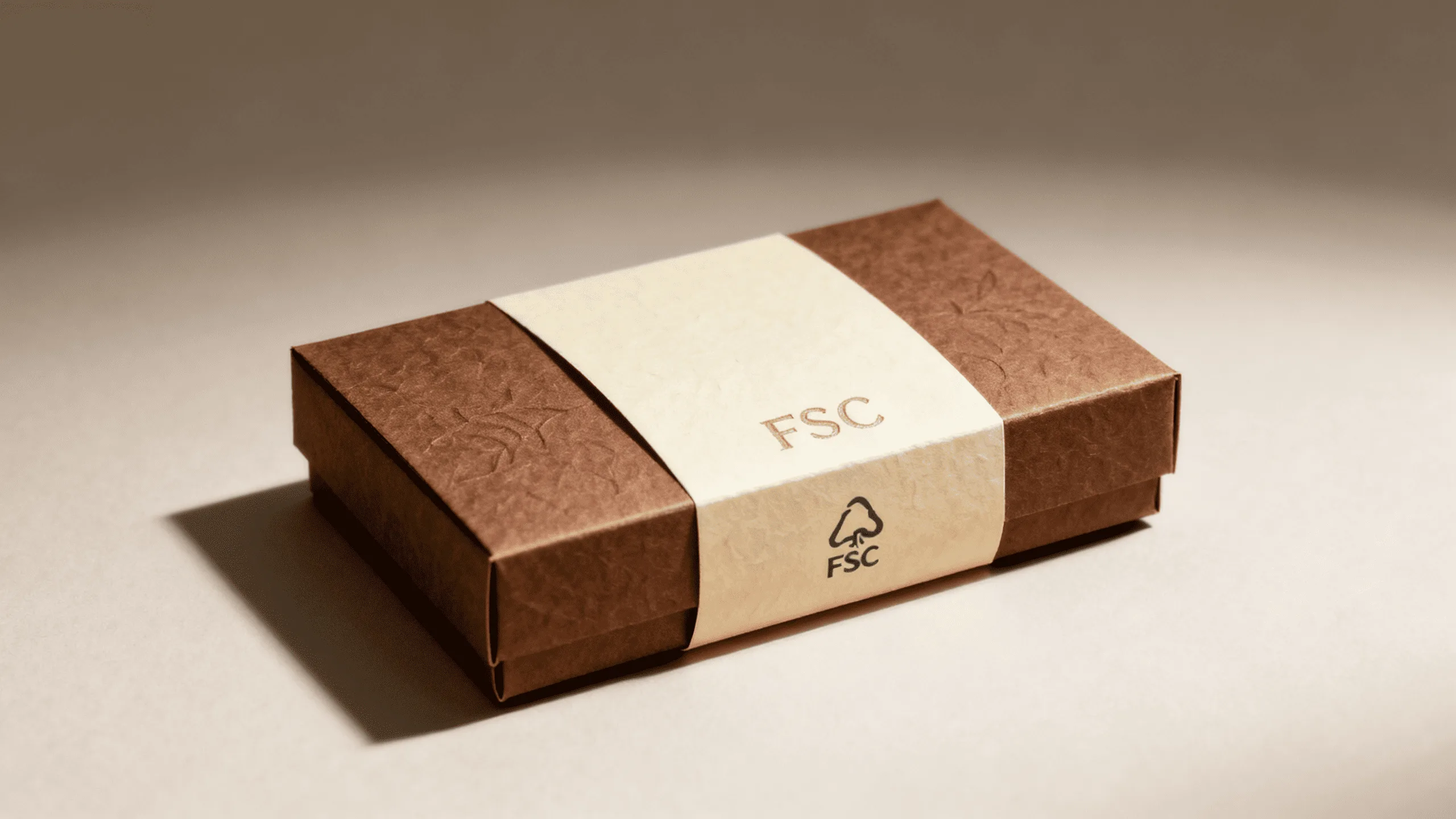
For B2B teams in the premium confectionery space, the chocolate box is a critical touchpoint. I’ve seen firsthand how packaging decisions directly impact everything from shipping return rates to retailer interest. Buyers today are savvier than ever; they expect packaging to be robust enough for e-commerce, tell a compelling sustainability story without greenwashing, and deliver an unboxing experience worthy of social media. The global chocolate gift-box market is growing steadily, and the right packaging is no longer a cost center—it’s a direct driver of revenue and brand equity. This practical Q&A guide is designed to answer the key questions procurement managers, brand leaders, and e-commerce operators are asking right now.
What are the best sustainable materials for chocolate boxes?
You need materials that are eco-friendly but also meet strict food-safety standards and protect your product. Navigating the world of "green" materials can be confusing, with many options failing on performance or recyclability.
The best choices are fiber-based boards like FSC-certified paperboard, materials with high post-consumer waste (PCW) content, and recyclable barrier coatings. For direct contact, certified food-grade papers and compostable liners are essential.
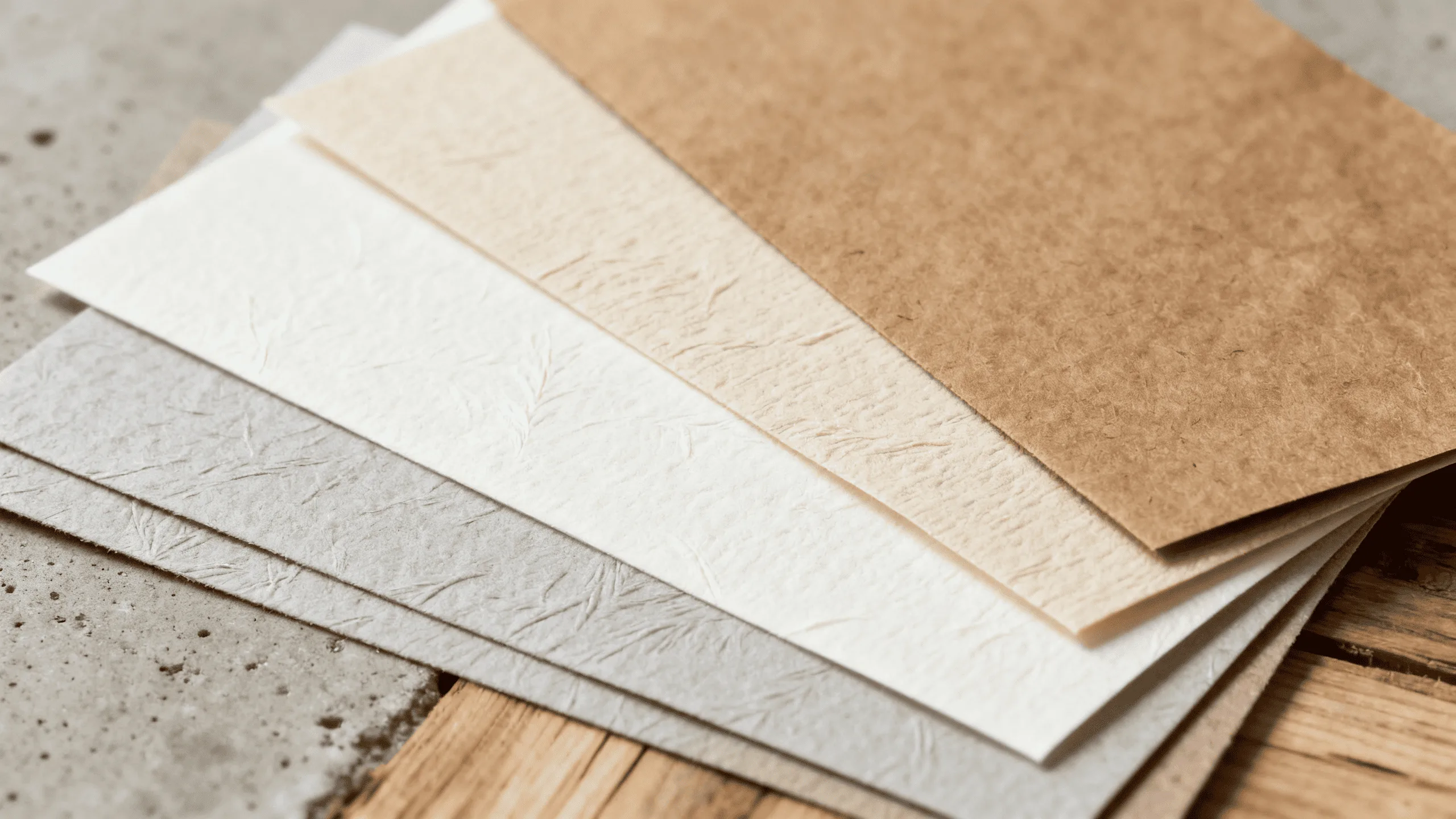
Choosing the right sustainable material is a balance of performance, compliance, and brand storytelling. Fiber-based boards are the foundation. Specifying FSC (Forest Stewardship Council) certification ensures the paper comes from responsibly managed forests. High PCW content is another excellent metric, as it demonstrates a commitment to the circular economy. The real challenge comes with protecting the chocolates from moisture and oils. Many traditional boxes use a plastic laminate, rendering them non-recyclable. The modern solution is to use recyclable barrier coatings. These are water-based coatings that provide the necessary protection without compromising the recyclability of the paperboard. According to a report by Luker Chocolate, barrier performance is a key innovation area, as brands seek to extend shelf life without relying on plastics. Always ensure any material in direct contact with the chocolate is certified food-safe.
What to Ask Your Supplier:
- Can you provide your FSC chain-of-custody certificate1?
- What percentage of Post-Consumer Waste (PCW)2 is in this paperboard?
- Is your barrier coating water-based and certified recyclable in major markets?
- Can you provide documentation for food-contact safety compliance (e.g., FDA or EU standards)?
How should a chocolate box be designed to survive e-commerce shipping?
Your beautifully designed chocolate boxes are leaving your facility in perfect condition but arriving at the customer’s door crushed, dented, and with the contents damaged. This erodes customer trust and racks up costly returns and replacements.
A successful e-commerce chocolate box relies on smart structural design. This includes custom-fit inserts or trays, reinforced corners, and minimal void fill. The design should be validated with transit testing, such as ISTA drop tests.

The "last mile" of e-commerce is a brutal environment for fragile products like premium chocolates. The solution isn’t just a thicker outer box; it’s about engineering the package from the inside out. The most critical element is the insert. Whether it’s a thermoformed tray or a folded paperboard insert, it must hold each chocolate securely to prevent movement and collision. Nested cavities and cushioned landings are key. The outer box itself should have reinforced corners and double walls if necessary. I worked with a chocolatier whose online sales were plagued by breakage. We redesigned their box with a die-cut paperboard insert that held each truffle in place. We also slightly reduced the box’s headspace to eliminate any internal movement. Their damage rate dropped by over 90% in the first quarter after the switch. Standardizing box sizes for your most common order configurations can also streamline warehouse automation and reduce packing errors.
What to Ask Your Supplier:
- Do you offer in-house structural design and prototyping?
- Can you design and produce custom inserts1 to fit our specific products?
- Do you provide transit testing services2 (e.g., ISTA 6-Amazon)?
- What materials do you recommend for optimal crush resistance and durability?
How can brands communicate sustainability on-pack without greenwashing?
You’ve invested in sustainable materials, but simply printing "eco-friendly" on your chocolate box is vague and can be perceived as greenwashing. Customers and B2B buyers are skeptical of unsubstantiated claims and demand transparency.
Use verifiable, specific claims backed by data. This means featuring recognized certification logos (like FSC), using QR codes that link to supply chain information, and telling a clear, honest story about one specific aspect of your packaging’s journey.
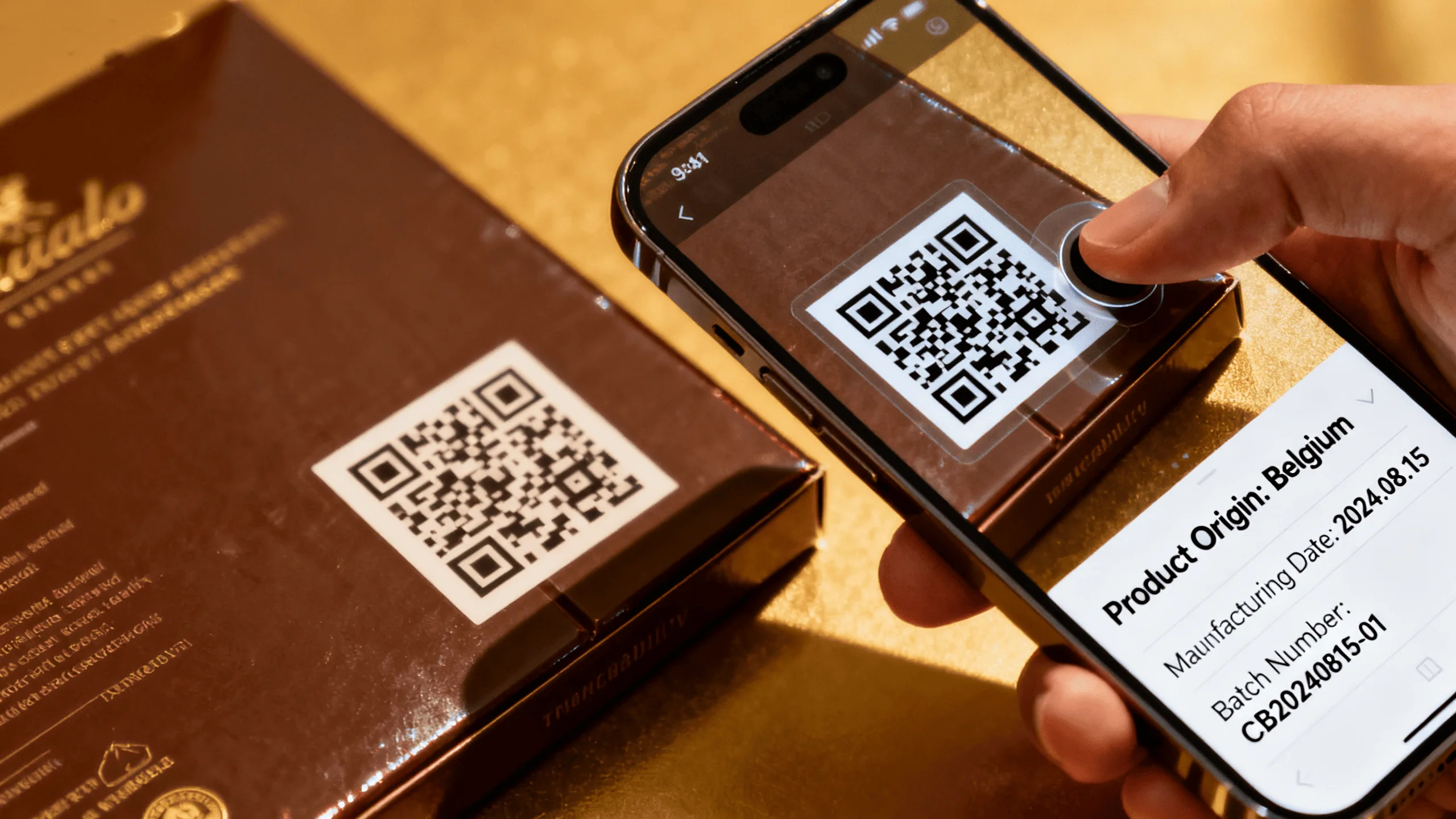
Trust is the currency of sustainability. To earn it, you must be transparent. Instead of making broad, undefined claims, focus on specifics. If your box is made from FSC-certified paper, display the logo clearly. If it’s recyclable, provide clear instructions, as recycling capabilities vary by region. The most powerful tool for transparency today is the QR code. I advise my clients to link this code to a simple, mobile-friendly landing page that details their packaging’s story. This page can show the FSC certificate, explain that the inks are soy-based, and provide a short visual map from the forest to the factory. The key is to choose one or two verifiable claims and back them up with accessible proof. This approach educates the consumer, builds brand credibility, and provides your B2B partners with the information they need to answer their own customers’ questions.
What to Ask Your Supplier:
- Which verifiable certification logos are we eligible to print on the box?
- Can you print high-resolution, unique QR codes on each batch?
- What sustainable inks1 and finishes do you use (e.g., soy-based inks, water-based varnishes)?
What are the cost trade-offs between bespoke luxury and scalable modular boxes?
You want a stunning, unique luxury chocolate box for your high-end collections, but the high minimum order quantities (MOQs) and tooling costs are prohibitive, especially for seasonal or small-batch runs. This creates excess inventory and ties up cash.
Bespoke luxury boxes have high setup costs and MOQs, making them best for flagship products. Scalable, modular packaging uses a standard box structure with customizable sleeves or labels, offering flexibility and lower costs for varied product lines.
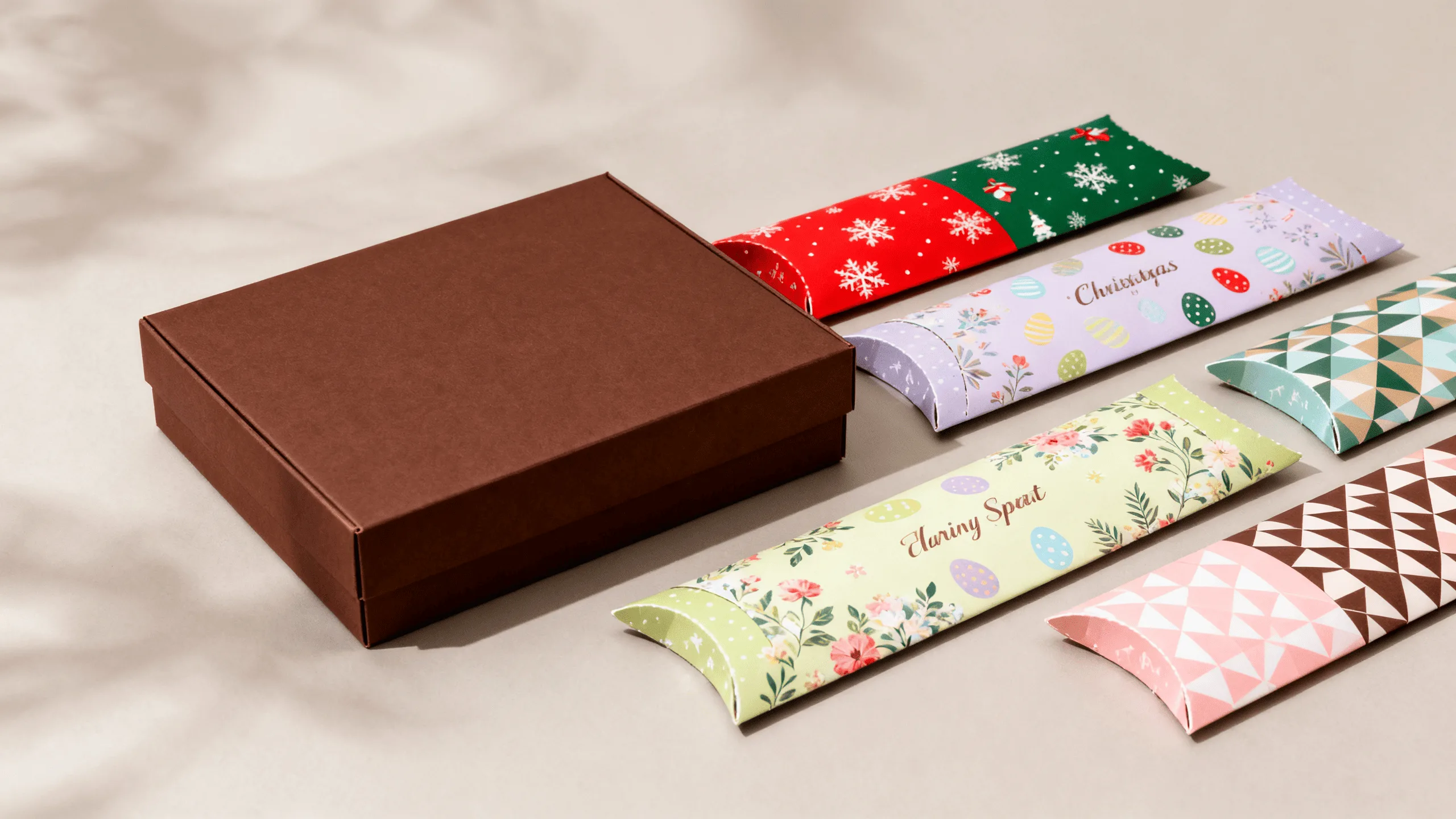
The per-unit cost of a fully bespoke, rigid box with magnetic closures and foil stamping can be significant, especially at low volumes. According to market analysis, tooling and printing setup for these luxury designs are major cost drivers Archive Market Research. A modular approach offers a smart alternative. You invest in a high-volume run of a standard-sized, high-quality "base" box. Then, for different seasons, flavors, or corporate clients, you produce smaller runs of digitally printed sleeves, tags, or belly bands. This hybrid model drastically reduces your SKU complexity and inventory holding costs. You get the flexibility to be creative and responsive to market demand without committing to thousands of units of a single design. It allows you to test new product variations with minimal financial risk and still deliver a premium-feeling package.
What to Ask Your Supplier:
- What are the tooling and setup costs1 for a fully custom box versus your stock options?
- Can you produce digitally printed, on-demand sleeves or labels to fit a standard box?
- What are your MOQs for custom structures2 versus custom printing on a stock item?
Your chocolate is exceptional, but the packaging does little to encourage customer loyalty or generate the organic marketing buzz that comes from social media. It’s a missed opportunity to turn a one-time gift purchase into a lasting customer relationship.
Personalization, premium textures, and a "social-first" unboxing experience are key drivers. Features like embossed logos, unique structural openings, and storytelling inserts make the package feel special and photogenic, encouraging shares and repeat business.
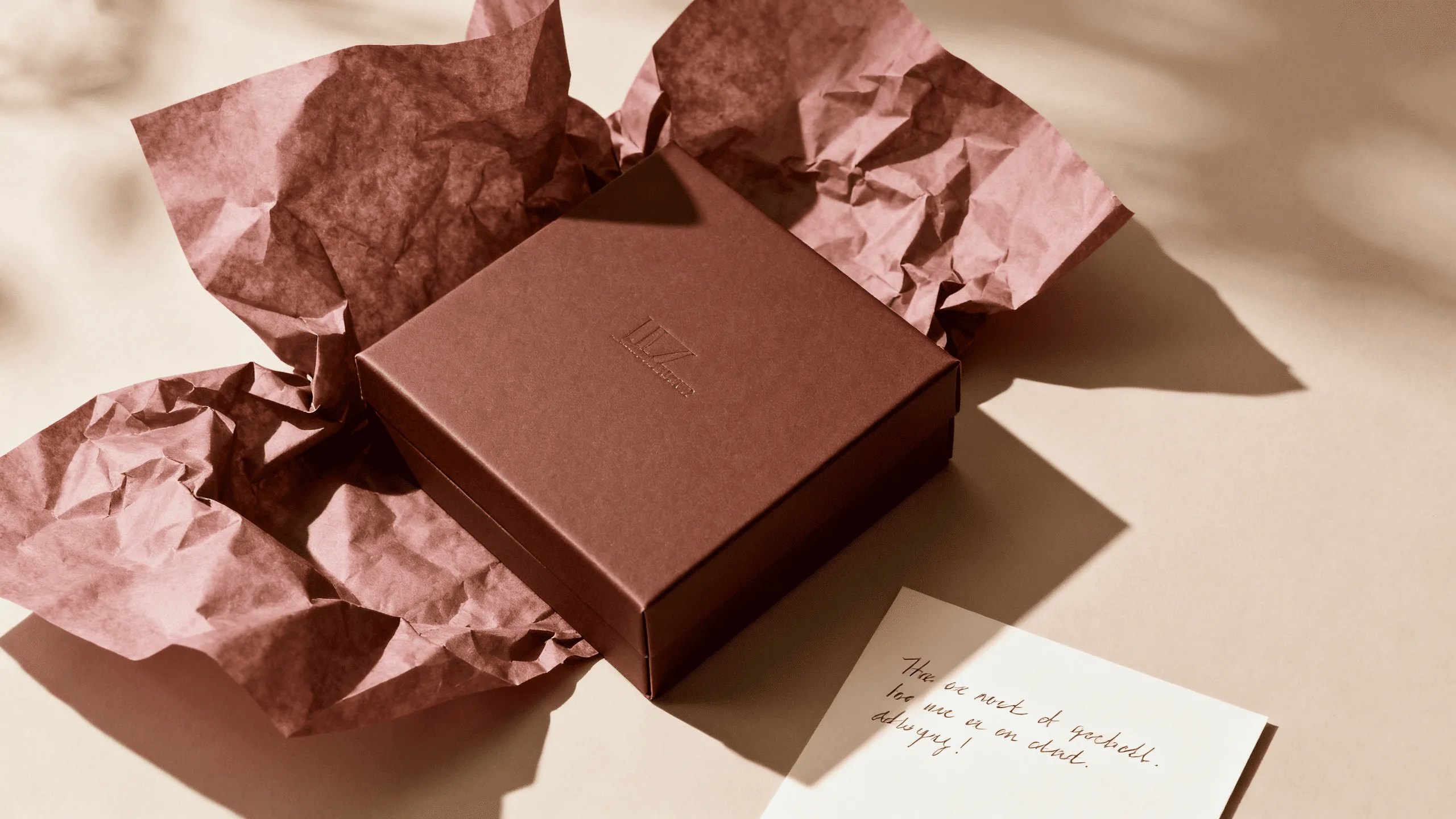
In the age of Instagram and TikTok, the unboxing experience is a critical part of the product. It should be a journey of discovery. High-quality, textured paper stock, elegant embossing, or a satin ribbon pull-tab all signal premium value before the chocolate is even revealed. I encourage clients to think about the "reveal"—how does the box open? Does it slide open smoothly? Does it have a clever fold? Inside, a small card telling the story of the cocoa’s origin or a personalized, handwritten-style note can create a powerful emotional connection. According to trend reports on experiential gifting, personalization is a major factor in driving repeat purchases. Even a simple printed name on the box or a "thank you" message can significantly lift perceived value. These details are what get photographed and shared online, turning your customers into your most effective marketers.
What to Ask Your Supplier:
- What premium finishes1 do you offer (e.g., embossing, debossing, foil stamping)?
- Can you support variable data printing2 for personalization (e.g., adding individual names)?
- Do you have unique structural designs that create a memorable opening experience?
What supply-chain models work best for B2B chocolate box programs?
You’re struggling with long lead times from offshore suppliers, causing you to miss key seasonal windows like Valentine’s Day or Lunar New Year. Alternatively, local suppliers are too expensive for your core, high-volume products, squeezing your margins.
A hybrid supply chain model is often most effective. Use offshore manufacturing for high-volume, standardized boxes to control costs, and partner with a local or nearshore supplier for fast-turnaround, on-demand needs like seasonal sleeves or urgent orders.
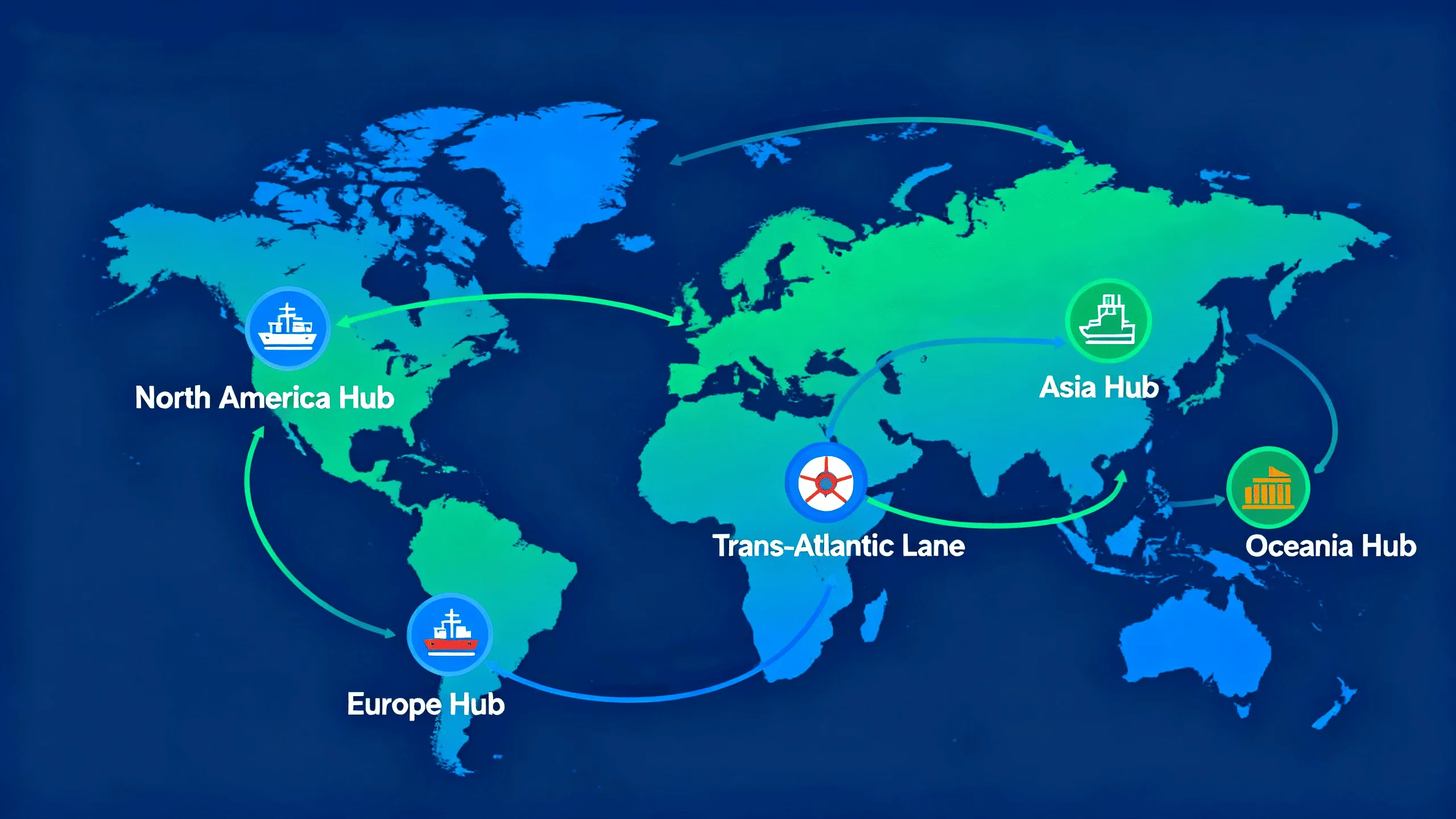
There is no one-size-fits-all answer for manufacturing. The best model depends on your business needs. Offshore manufacturing, typically in Asia, offers significant cost advantages for large, standardized orders, but comes with longer lead times (often 8-12 weeks including shipping) and less flexibility. This is ideal for your year-round, best-selling product lines. For seasonal campaigns or corporate gift orders that require quick turnarounds and customization, a local or nearshore supplier is invaluable. While the unit cost may be higher, the ability to get packaging in 2-4 weeks can be the difference between a successful campaign and missed revenue. This dual-supplier strategy provides risk diversification. If a global shipping crisis occurs, your local partner can step in. If you need to make a small design tweak, your nearshore supplier can implement it quickly. This blended approach gives you both cost efficiency and market agility.
What to Ask Your Supplier:
- What are your standard lead times for production and shipping1?
- What are your MOQs2? Do you offer any flexibility for new clients or test runs?
- Do you have production facilities in different regions to help diversify our supply chain?
How should procurement measure packaging ROI for retailers?
Your team sees packaging as a line-item cost to be minimized. You need a way to prove that investing in a better chocolate box delivers a measurable return, justifying the budget to stakeholders and demonstrating its value to retail partners.
Measure packaging ROI with a dashboard of 6 key metrics: damage rate, on-shelf conversion uplift, carbon footprint per unit, cost per unit, SKU complexity cost, and return rate. This shifts the conversation from cost to value creation.

To prove the value of a premium chocolate box, you have to speak the language of business: ROI. A simple dashboard can translate design features into financial outcomes. For example, a lower damage rate directly reduces the cost of lost goods. An improved on-shelf or unboxing experience can be linked to an increase in sales conversions—a powerful metric for retailers. Quantifying the carbon footprint per unit can be a key selling point for sustainability-focused corporate clients. Calculating the cost of SKU complexity (the hidden cost of managing too many different box designs) shows the value of a modular system. Presenting these metrics together provides a holistic view of how a well-designed package is not just a container, but a revenue-generating asset that improves efficiency and strengthens brand equity.
| Metric | How to Measure | Why It Matters for ROI |
|---|---|---|
| Damage Rate | % of units damaged in transit | Directly reduces cost of goods sold and returns. |
| Conversion Uplift | A/B test packaging designs to see sales lift | Shows how packaging directly drives revenue. |
| Carbon Footprint/Unit | Use a life cycle assessment (LCA) tool | Key for corporate clients with ESG goals. |
| Cost Per Unit | Total packaging spend / total units | The baseline cost metric to be balanced with value. |
| SKU Complexity Cost | Inventory & logistics costs for each unique box | Demonstrates the value of modular, simplified systems. |
| Return Rate | % of orders returned (for any reason) | A high-quality box reduces returns from damage and disappointment. |
What regulatory and labeling requirements should brands consider?
You are planning to sell your chocolates in multiple countries, but you’re unsure about the complex and varied regulations for food packaging, allergen labeling, and recycling symbols. A mistake could lead to costly recalls or prevent market access.
Key considerations include food-contact material approvals (like FDA in the US and EU standards), mandatory allergen declarations, country-specific recycling instructions, and legal definitions for claims like "compostable" or "biodegradable."
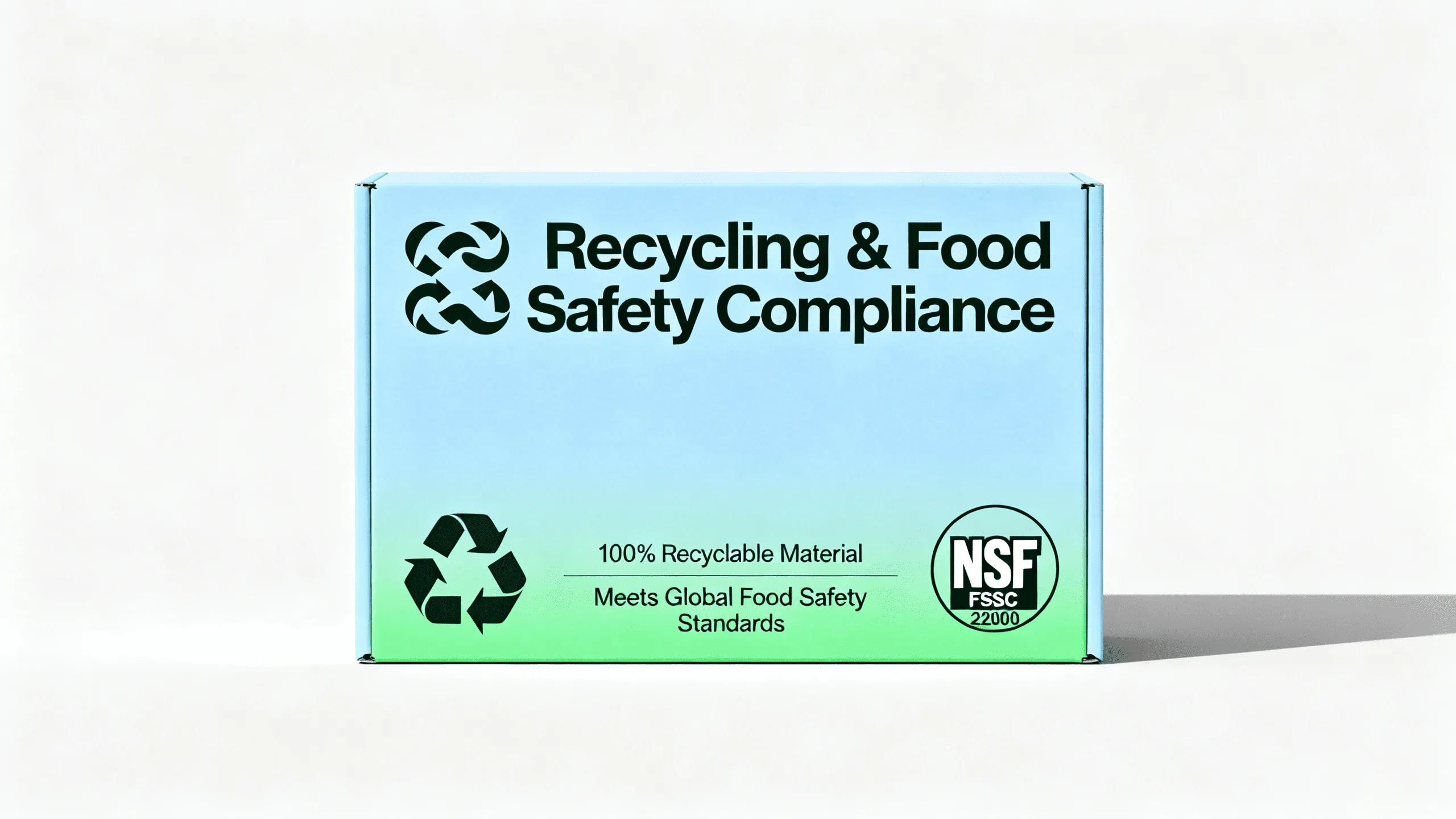
Packaging compliance is non-negotiable. The regulations for materials that come into direct contact with food are incredibly strict and vary by jurisdiction. Your supplier must be able to provide documentation proving their materials are compliant for your target markets. Allergen labeling is another critical area; regulations dictate how allergens like nuts, dairy, and soy must be declared on the outer packaging. Furthermore, sustainability claims are now heavily regulated to prevent greenwashing. For example, the term "compostable" has a specific legal definition in the EU that requires certification. Recycling labels are also becoming more specific. France, for example, uses the "Triman" logo and sorting instructions. It is essential to work with a packaging partner who is knowledgeable about these international standards to ensure your chocolate box is compliant everywhere you sell.
What to Ask Your Supplier:
- Can you provide food-contact compliance documents1 for the USA, EU, and other key markets?
- Are you familiar with the labeling requirements for recycling2 in our target countries?
- How do you stay updated on changing international packaging regulations?
How are industry trends shaping expectations for chocolate boxes?
Major retailers and leading confectionery brands are making bold public commitments to sustainable packaging. You are concerned that your current chocolate box design will soon look outdated, falling short of the new standards being set by the industry.
Retailer trials of paper-based wrappers and major brands committing to 100% recyclable packaging are rapidly shifting consumer and buyer expectations. The industry is moving away from mixed materials and non-recyclable plastics, making fiber-based solutions the new benchmark.
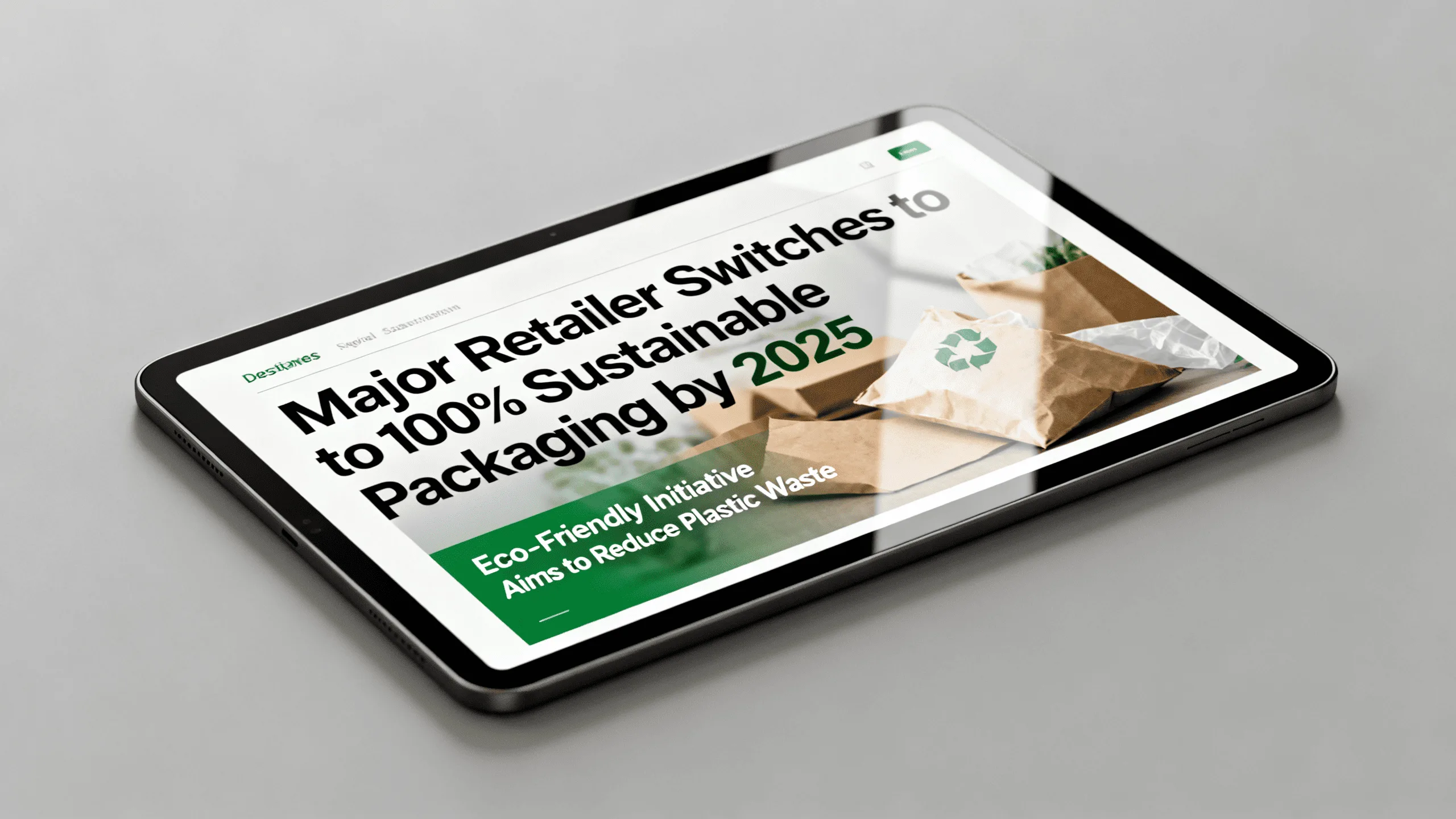
When a major retailer like Tesco or a global brand like Nestlé announces a shift to recyclable packaging, it sends a ripple effect through the entire industry. For example, recent trials of paper-based candy wrappers, as reported in The Sun, signal a clear direction of travel away from hard-to-recycle flexible plastics. These moves reset the baseline expectation for what is considered "responsible packaging." B2B buyers and procurement teams are now including these new standards in their supplier requirements. If your packaging still uses plastic laminates or other non-recyclable components, you risk being delisted or perceived as a laggard. Staying informed on these major industry shifts is crucial for future-proofing your packaging strategy. The trend is clear: the future of the premium chocolate box is mono-material, fiber-based, and easily recyclable.
What to Ask Your Supplier:
- How are you innovating to align with major retailers’ new packaging sustainability goals1?
- Can you help us transition from mixed-material packaging to a fully recyclable, paper-based solution2?
- What new sustainable materials are in your R&D pipeline?
Conclusion
Your chocolate box is far more than a cost; it’s a measurable revenue lever. By prioritizing protective e-commerce design, using verifiable sustainability claims, and adopting modular personalization to control costs, you align your procurement, marketing, and fulfillment teams. This focused approach creates repeatable ROI for your B2B chocolate brand.
Ready to design a chocolate box that works as hard as you do? Contact us for a packaging assessment.
Dive deeper into sustainable options with our Sustainable Materials Buyer’s Checklist.
FAQ
Are paper chocolate wrappers safe for direct food contact?
Only if the paper has a specific food-contact certification and uses approved barrier coatings. Always confirm the supplier’s documentation to ensure compliance.
Can luxury finishes like foil and embossing be recyclable?
Often, yes. Modern techniques use recyclable foils, soy-based inks, and water-based varnishes. Embossing and debossing are simply physical impressions on the paper and do not affect recyclability. However, traditional plastic laminates will render a box non-recyclable.
How do you balance sustainability with a premium shelf appeal?
The two are not mutually exclusive. A premium feel can be achieved through high-quality, textured paper stocks, elegant structural design, and refined finishes like embossing. The sustainability story itself, when told well on the pack, becomes a key part of its premium appeal.

